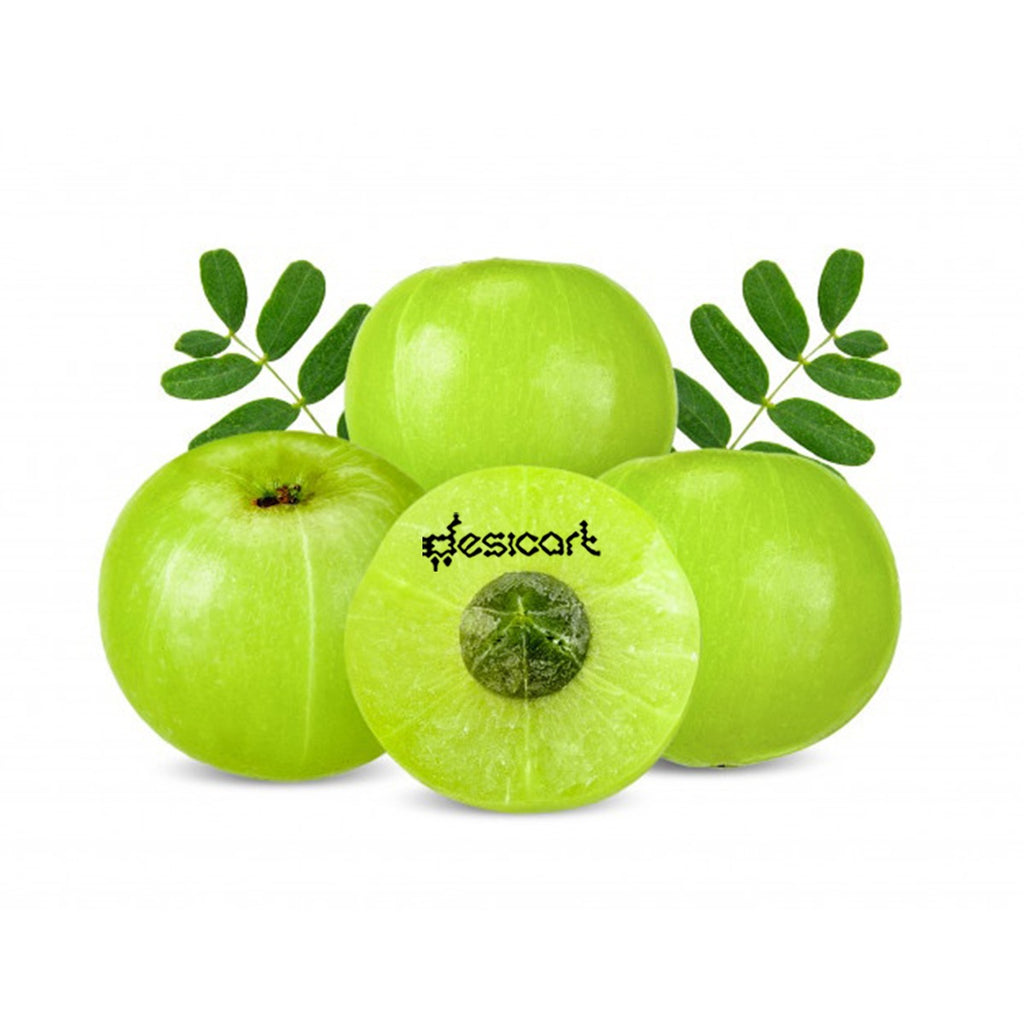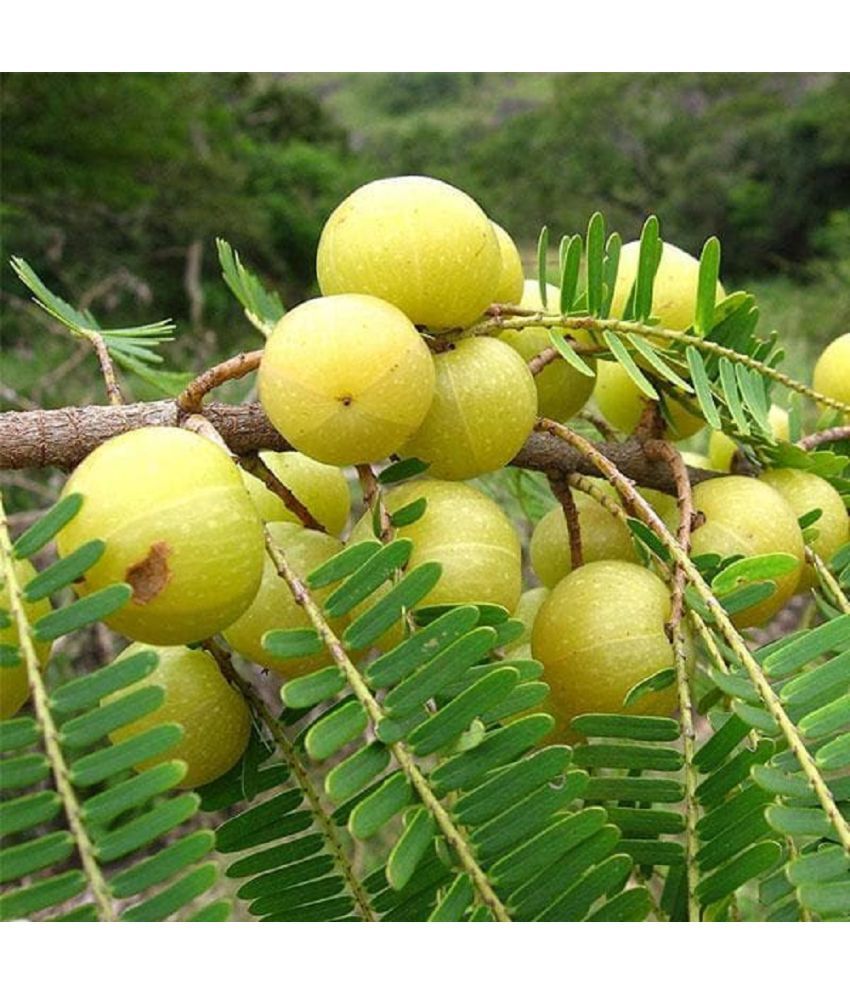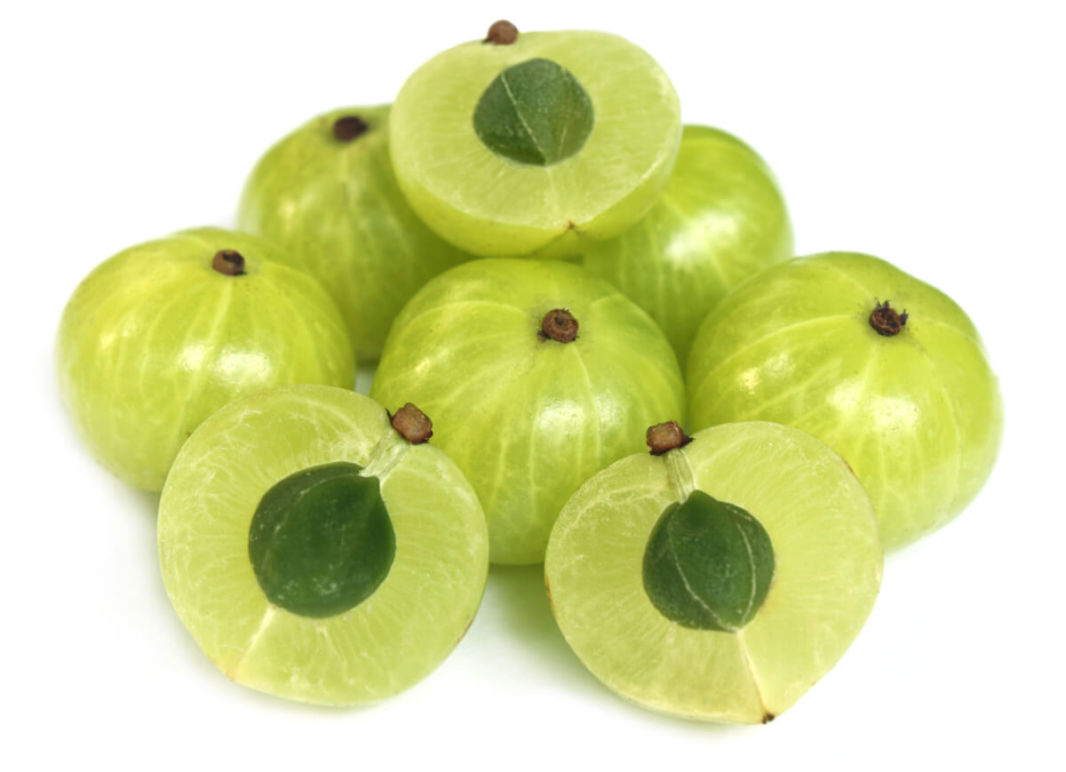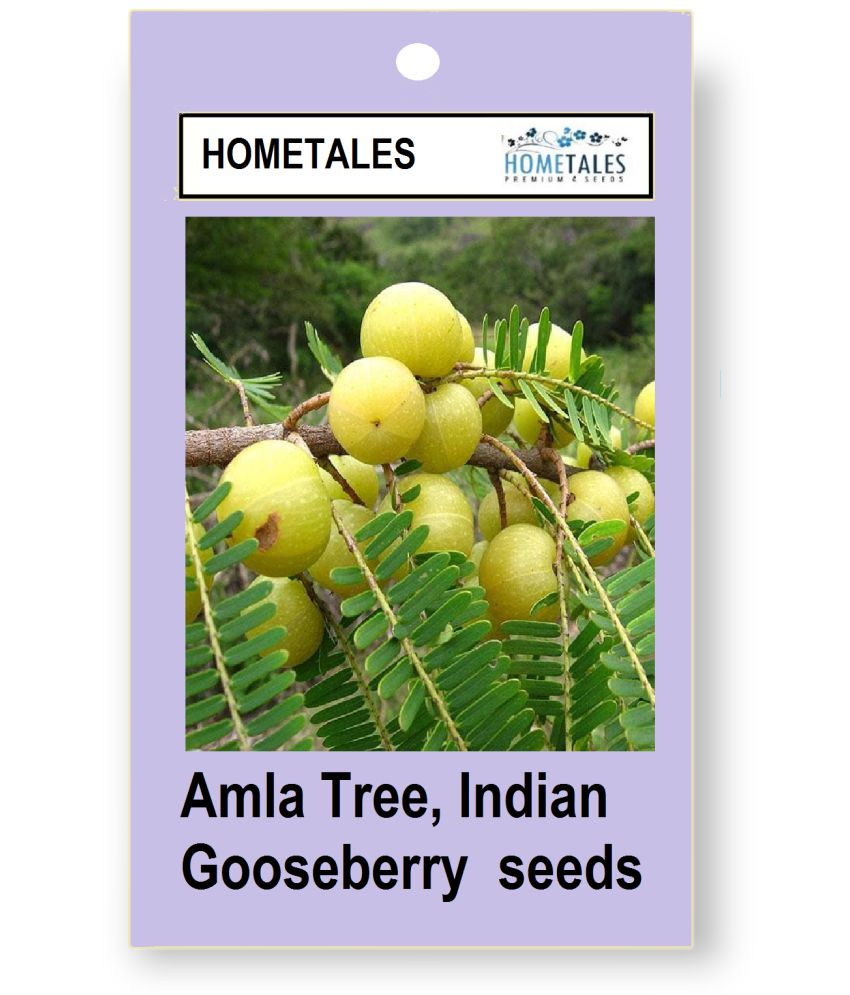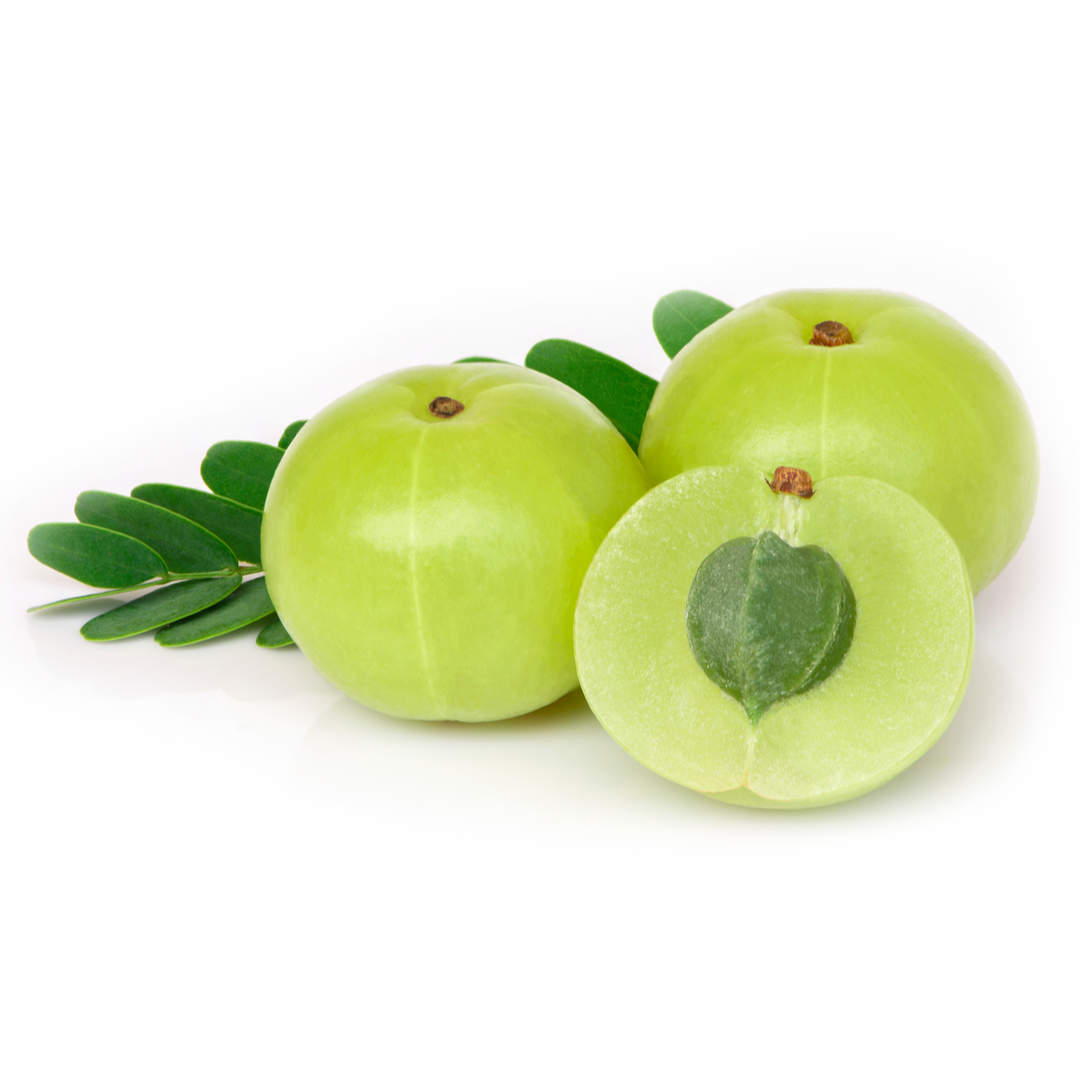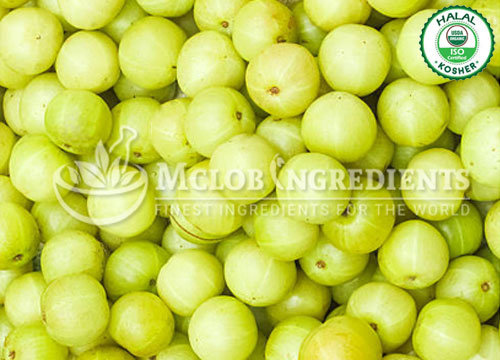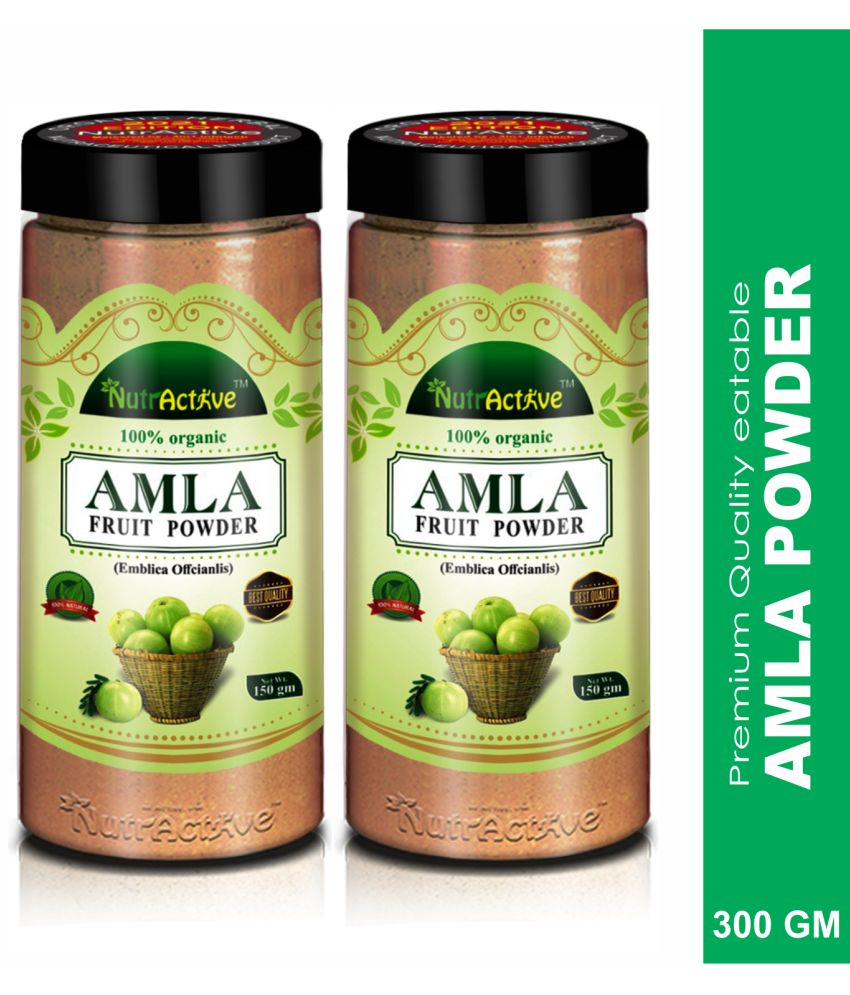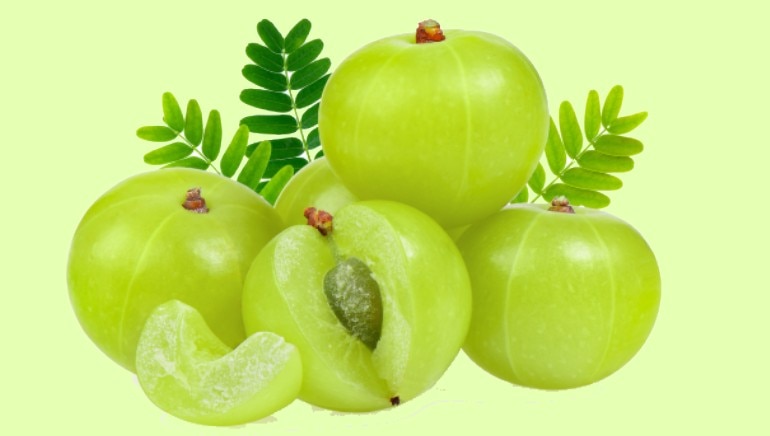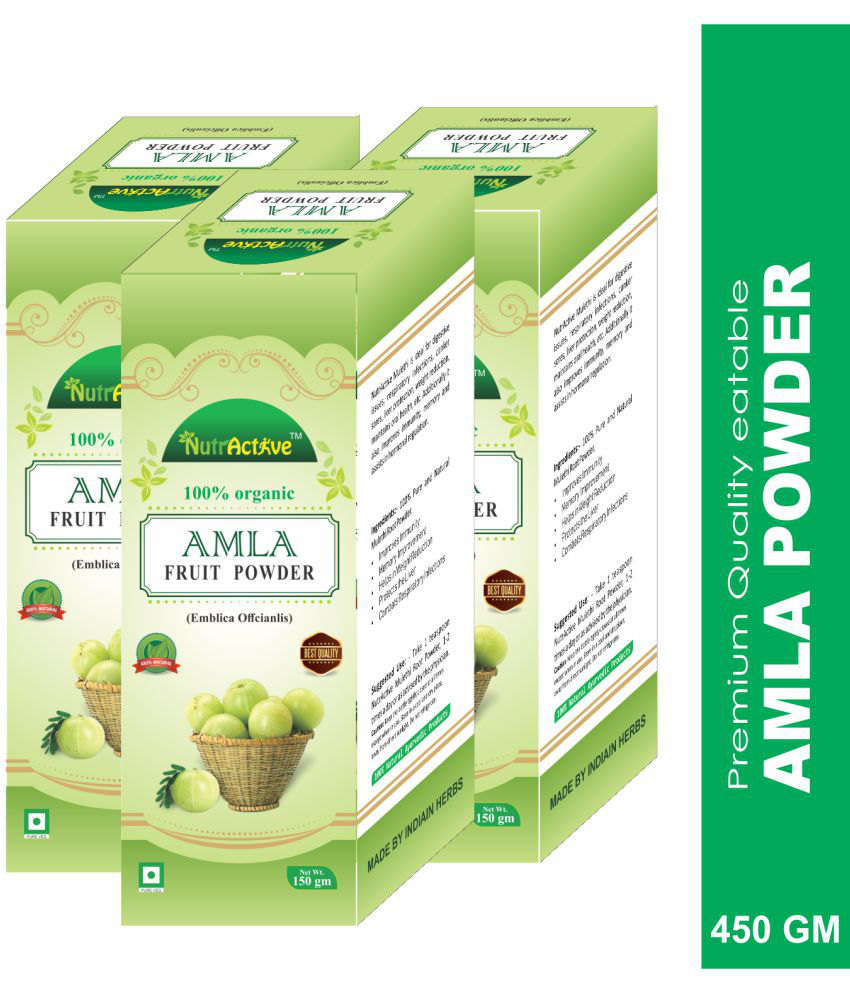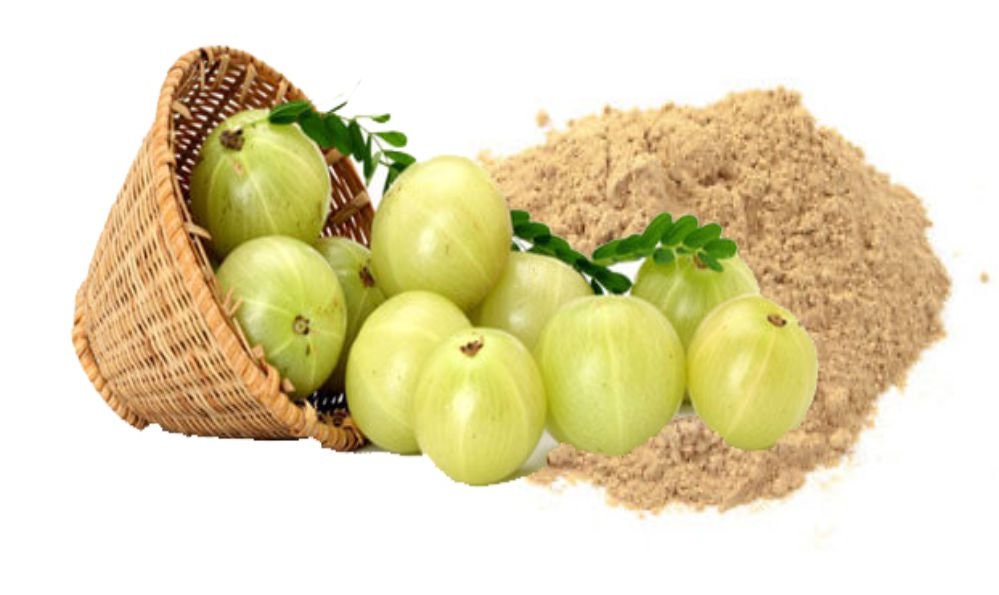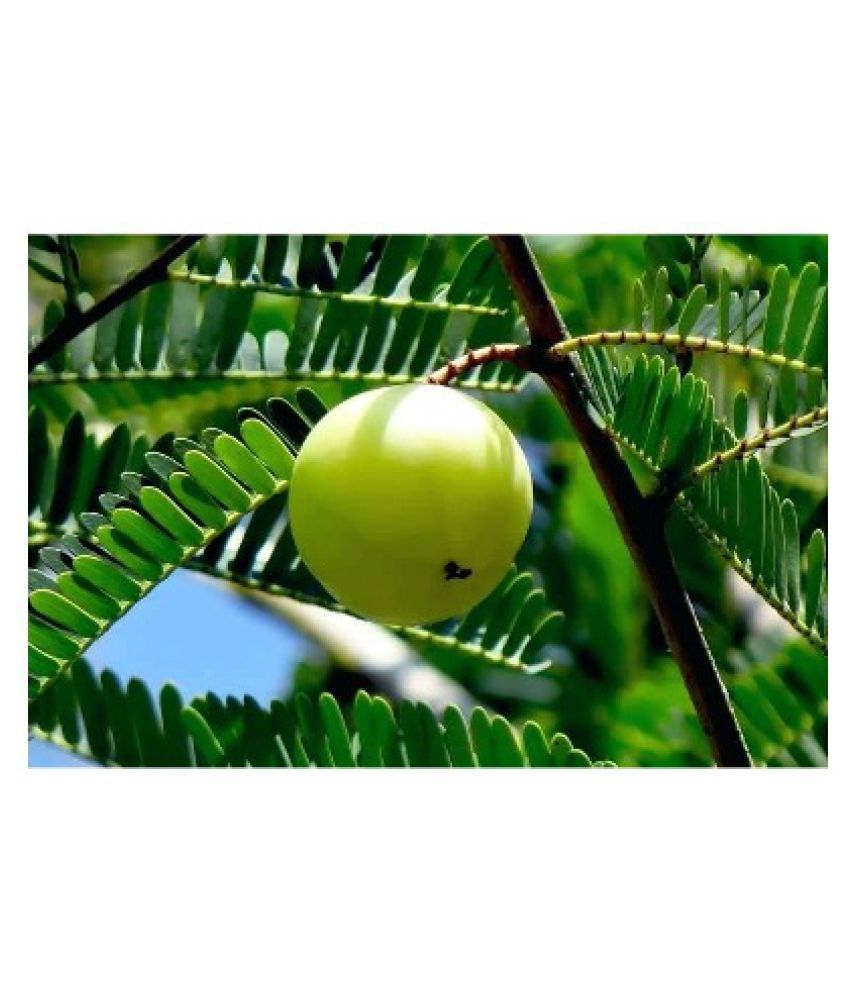Where Can I Find Amla Fruit
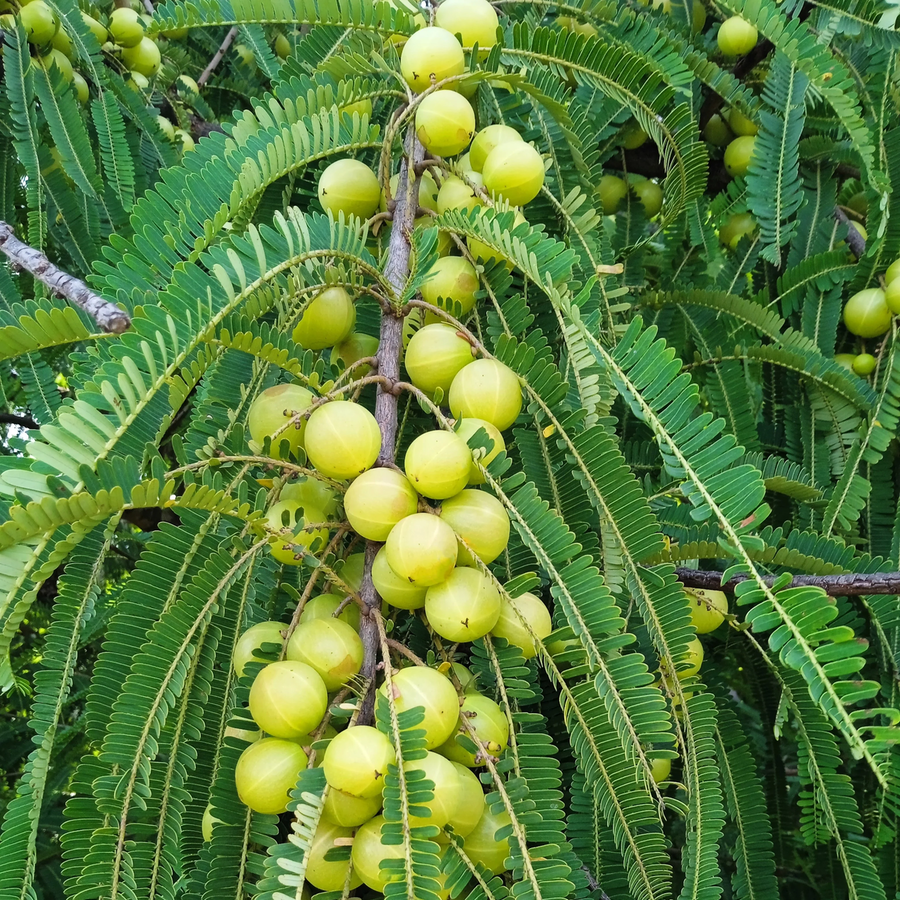
The quest for the Indian gooseberry, more commonly known as amla, is becoming increasingly urgent for health-conscious consumers worldwide. Once a staple primarily in South Asian markets, demand for this potent superfruit is surging, driven by increased awareness of its purported health benefits.
This article delves into the multifaceted question of where to reliably source fresh amla fruit, exploring options ranging from local ethnic grocers and farmers markets to online retailers and even the potential for home cultivation. It will also address the challenges in availability, quality, and cost that consumers may encounter in their search.
Understanding the Amla Market
Finding fresh amla outside of its native regions presents unique hurdles. The fruit is highly seasonal, typically harvested in late autumn and early winter.
Its delicate nature makes long-distance transportation challenging, requiring careful handling and temperature control to prevent spoilage. This impacts both availability and price.
Local Ethnic Grocers
The most traditional and often the most direct source for fresh amla is through South Asian grocery stores. These establishments cater to communities where amla is a familiar ingredient in cooking and traditional medicine.
Availability, however, is often limited to the peak season. Furthermore, the quality can vary depending on the sourcing practices of individual stores.
Consumers are advised to inquire about the fruit's origin and inspect it for signs of bruising or decay before purchasing. Look for firm, unblemished fruit with a vibrant green color.
Farmers Markets and Specialty Produce Stores
In some regions, particularly those with a sizable South Asian population, farmers markets and specialty produce stores may occasionally stock fresh amla. This is a less consistent source compared to ethnic grocers.
The benefit of purchasing from these outlets is the potential for locally grown amla, which could translate to fresher and higher-quality fruit. However, the supply chain is still dependent on seasonal availability.
Direct interaction with farmers or vendors can provide valuable insights into the fruit's cultivation and handling. Always inquire about the source and any pesticide usage.
Online Retailers: Convenience and Risk
The internet offers a vast marketplace for amla, with numerous online retailers claiming to sell fresh fruit. This option provides convenience, especially for those who lack access to local ethnic stores.
However, purchasing fresh produce online comes with inherent risks. The reliability of vendors, the fruit's freshness upon arrival, and the potential for damage during shipping are all legitimate concerns.
It is crucial to research the retailer's reputation, read customer reviews, and check their return policy before placing an order. Pay close attention to the shipping and handling procedures.
Home Cultivation: A Long-Term Solution
For those committed to regular amla consumption, growing their own tree might be a viable long-term solution, though it requires patience and suitable growing conditions.
Amla trees thrive in warm climates with plenty of sunlight and well-drained soil. Successfully cultivating amla outside of these ideal conditions can be challenging and may require specific expertise.
Obtaining amla saplings can be difficult depending on the region. Reputable nurseries specializing in tropical or subtropical fruit trees are the best resource.
"Consider grafting for faster fruiting and better yields,"suggests Dr. Sharma, a horticulturalist specializing in Indian fruit trees.
Navigating Quality and Cost
Regardless of the source, amla quality and cost are key considerations. Fresh amla is a relatively expensive fruit, particularly when imported.
Prices can fluctuate depending on seasonality, availability, and the retailer's markup. Be prepared to pay a premium for high-quality, organically grown amla.
When evaluating quality, look for firm, unblemished fruit. Avoid amla that appears bruised, shriveled, or discolored. The aroma should be subtly tart and fresh.
Amla Alternatives: Powders and Supplements
If fresh amla proves difficult to source, there are alternative options available. Amla powder, made from dried and ground fruit, is a readily accessible and shelf-stable alternative.
Amla supplements, in capsule or tablet form, offer another convenient option. However, the potency and bioavailability of these supplements can vary significantly.
Always purchase amla powder or supplements from reputable brands that have undergone third-party testing for purity and potency. Consult with a healthcare professional before incorporating any new supplement into your routine.
Looking Ahead: Expanding Availability
The increasing global demand for amla is likely to drive greater availability in the future. As awareness of its health benefits grows, more farmers and retailers are likely to invest in its cultivation and distribution.
Ongoing research into improved storage and transportation methods will also contribute to wider accessibility. The future may see amla becoming a more common sight in mainstream supermarkets, rather than being confined to niche markets.
Until then, diligent research, careful sourcing, and a willingness to explore different options are essential for those seeking to incorporate fresh amla into their diet. The search might require effort, but the potential health rewards are well worth the endeavor.
